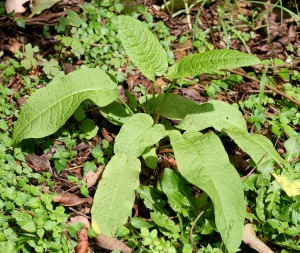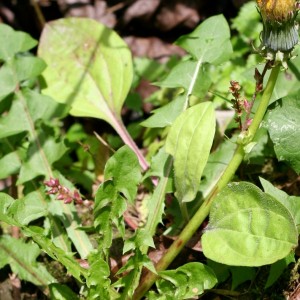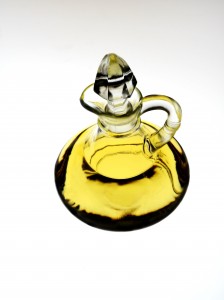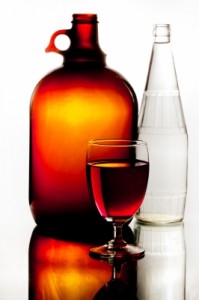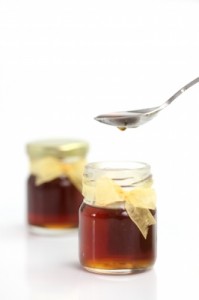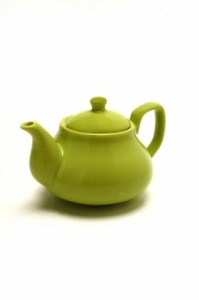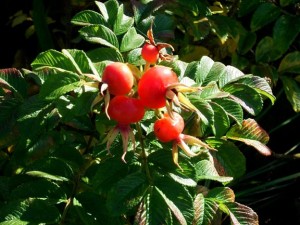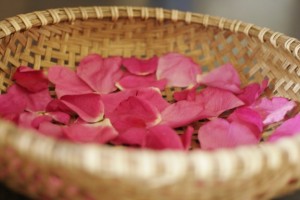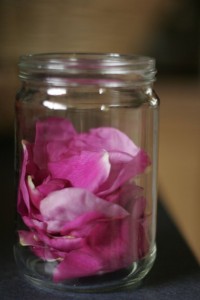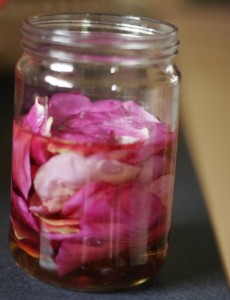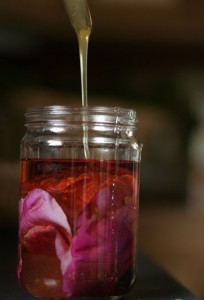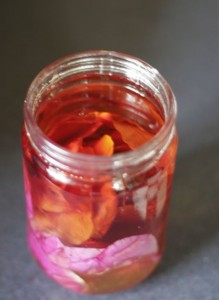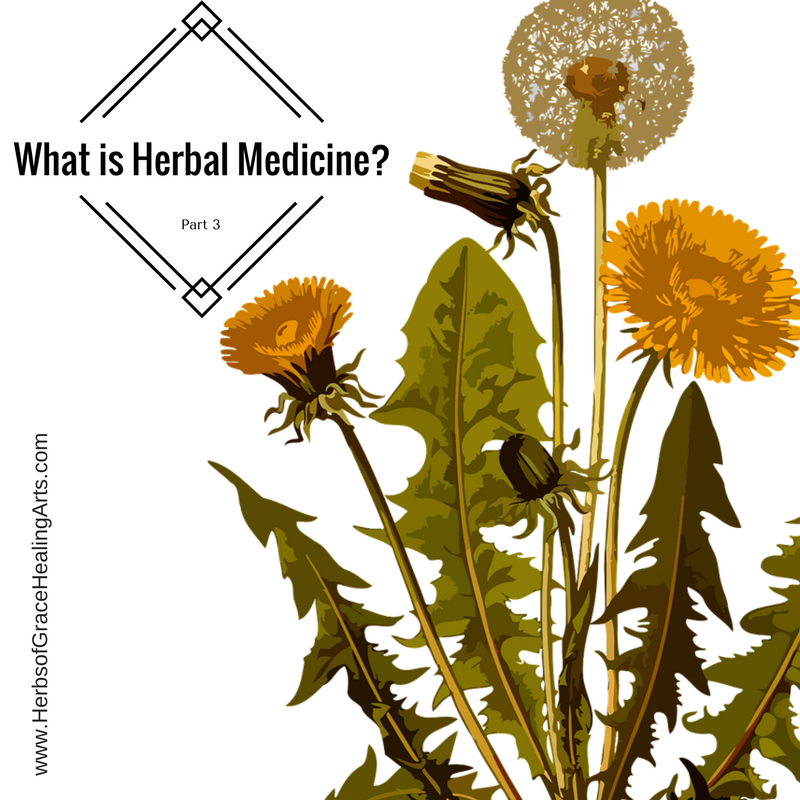 In past articles, we have talked about the history, myths and misconceptions of herbal medicine as well as the basics of getting started using herbs. In this post, I’d like to share with you some information on specific, common herbs and what properties they possess, as well as how you can use them as medicinal remedies.
In past articles, we have talked about the history, myths and misconceptions of herbal medicine as well as the basics of getting started using herbs. In this post, I’d like to share with you some information on specific, common herbs and what properties they possess, as well as how you can use them as medicinal remedies.
When I teach people about herbal remedies, I love to give them skills they can use right away, wherever they live. So, I teach them about weeds first. They may not sound appealing or exciting, but they make some of the most potent and accessible healing remedies you can use!
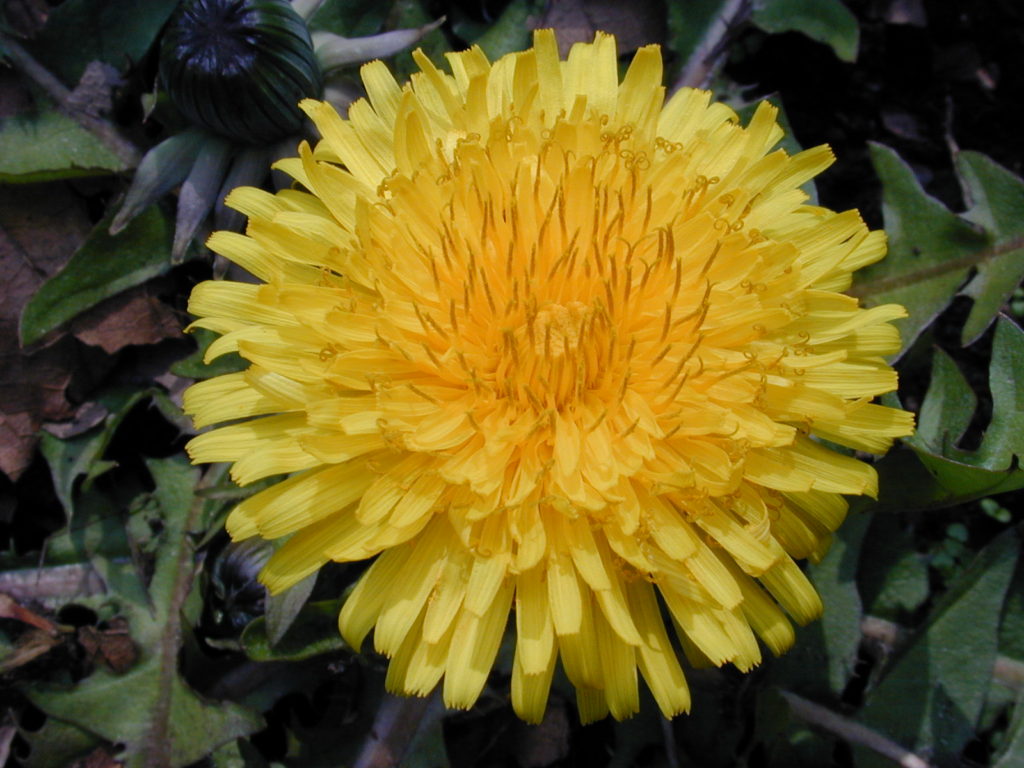 Dandelion (Taraxacum officinale)
Dandelion (Taraxacum officinale)
Dandelions are a common weed that grows everywhere in temperate climates. It is the perfect herb to start off with! The entire plant is medicinal – flowers, leaves and root.
Learn more in my guest post at Hybrid Rasta Mama today.
Head over to read the rest of this post on Hybrid Rasta Mama.
More posts you might enjoy:
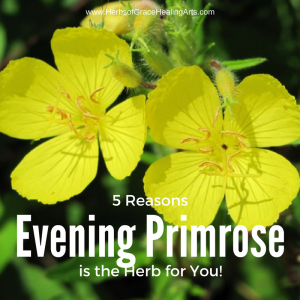 5 Reasons Evening Primrose is the Herb for You!
5 Reasons Evening Primrose is the Herb for You!
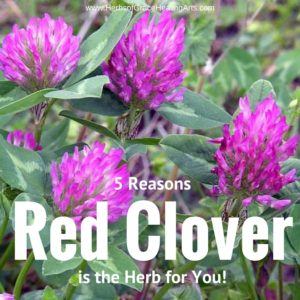 5 Reasons Red Clover is the Herb for You!
5 Reasons Red Clover is the Herb for You!
 5 Reasons Rose is the Herb for You!
5 Reasons Rose is the Herb for You!


